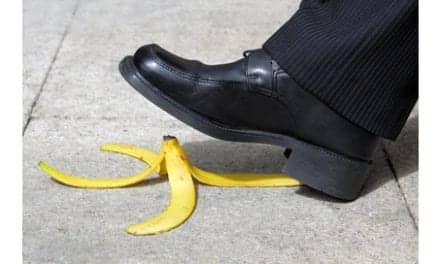According to a recent study, male and female soccer players who injured their hamstrings have similar recovery times, but, depending on various factors, their return-to-play readiness times may differ.
The study, published recently in the Journal of Athletic Training, included about 300 male and 200 female collegiate soccer players who sustained a hamstring strain during the 2004 to 2009 fall seasons, per a media release from the National Athletic Trainers’ Association.
Among males, there were 239 first-time strains and 67 recurrent strains. Among females, there were 176 first-time strains and 25 recurrent strains.
Median return-to-play time was 7 days for men and 6 days for women, according to the release.
Among males with first-time strains, return-to-play time was longer if the injury occurred during a game rather than practice (9 days versus 6 days), or during in-season/post-season rather than during preseason (7 days versus 5 days). Recovery time was also affected by division for males. For men in Division I, median recovery was 8 days; for Division II, 6 days; and Division III, 5 days, according to the study, the release explains.
Among females with first-time strains, return-to-play time was not affected by these factors.
Among males with recurrent strains, return-to-play time was longer when the injury occurred during the in-season/post-season than during preseason (11 days versus 7.5 days). Among females with recurrent strains, return-to-play time was longer for forwards (11 days) than midfielders (2 days) or defenders (4 days).
The researchers say in the release that their findings may offer insight into possible rehabilitation and injury-prevention programs.
“Our findings may help to shape appropriate strategies to prevent injury in the first place or to rehab the injury for efficient and effective return to participation. Prevention programs to reduce the incidence and severity of hamstring strains should focus on sport-specific training and position-specific training to replicate the demands of participation,” concludes study author Kevin Cross, UVA-HealthSouth in Charlottesville, Va, in the release.
[Source(s): National Athletic Trainers’ Association, HealthDay]




